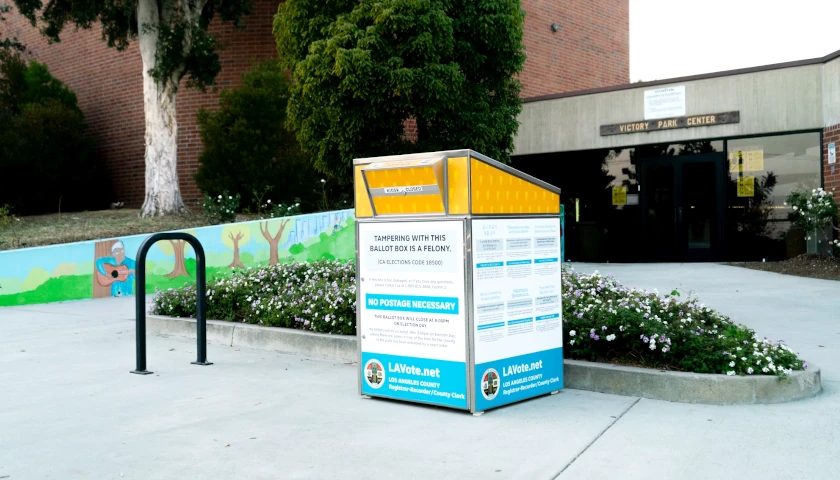by Bethany Blankley
Hospitals have begun publishing their actual costs of services, including discounted cash and negotiated rates as a result of a rule change implemented by former President Donald Trump. The rule was challenged by the American Hospital Association and others, who lost in federal district court.
An appeal to the court ruling has not yet been filed. While the association says it is calling on the new administration to adjust the rule, hospitals in the meantime must publish prices for the majority of the services and medications they provide.
The rule went into effect Jan. 1.
The rule change enables patients and employers to know how much a procedure costs beforehand and to be able to shop around to find a better price or negotiate compared to what other hospitals charge. It also eliminates the problem many patients have had – not knowing the cost of a procedure until after it is performed and after getting the bill in the mail.
“With access to real prices, including discounted cash and secret negotiated rates, patients and employers are now empowered to shop for less expensive care and avoid pervasive price gouging, overbilling, and ruinous healthcare bills,” Cynthia A. Fisher, founder of Patient Rights Advocate, who championed the reform, told The Center Square.
“Price transparency will usher in a functional, competitive health care marketplace that will put downward pressure on prices while improving quality,” Fisher added. “System-wide price transparency will revolutionize American health care, allowing consumers to protect their health and wealth for generations to come.”
The American Hospital Association, a powerful lobbying group opposing the rule, argued that it’s not in patients’ best interest to know the costs of services. Tom Nickels, an executive vice president at AHA, told Kaiser Health News, “We want to be of help to consumers, but is it really in people’s best interest to provide privately negotiated rates?”
About 90 percent of those surveyed in multiple polls conducted by Harvard Harris polls answered “yes” to the transparency question.
Fisher argues that, “Hospitals are fighting this because they want to keep their negotiated deals with insurers secret. What these rules do is give the American consumer the power of being informed.”
PatientsRights.org provides testimonies of patients who have struggled with health care price opacity.
A recent RAND study found that average hospital prices are 250 percent more than the Medicare rate for the same service at the same location.
Exorbitantly high prices, and not knowing the cost of procedures until after receiving the bill, has resulted in roughly one-third of Americans reporting medical debt. More than one in six have medical debt in collections, the Urban Institute reports.
The rule requires hospitals to post online, and in a machine-readable format, several prices for every item and service the hospital provides. This includes the gross charge, the actual cost, the price negotiated with insurers, including de-identified minimum and maximum negotiated charges, and the cash price offered to uninsured patients or those who choose not to use their insurance.
Hospitals are required to make available, in a “consumer-friendly format,” the specific costs for 300 common and “shoppable” services. These include how much it costs to deliver a baby, have a hip replaced, repair a hernia or have a diagnostic scan, for example.
The 300 bundles of procedures and services must include all costs involved, including how much it costs to operate the machines and hardware in an operating room, how many drugs are administered and how much they each cost, and the fees to pay hospital-employed physicians for each procedure.
Hospitals have the freedom to select which services fall into the 300 bundles category, however the federal government instructed that 70 be listed. These include certain surgeries, diagnostic tests, imaging scans, new patient visits and psychotherapy sessions, among others. The costs required to be listed are estimates, not exact.
Next year, under a separate rule, health insurers must begin following similar transparency measures. An effort to require transparency among drug prices was struck down by a federal court. Pharmaceutical companies are not required to list the prices of drugs in advertisements.
– – –
Bethany Blankley is a contributor to The Center Square.




